Thinking of giving your car a fresh aesthetic look while keeping the sun out? Well, for that, window tinting is what you need!
However, it is not only about styling; it keeps your vehicle cool, protects your interior, and offers you more privacy.
But before heading to the shop, knowing how much to tint car windows will be the smartest way to make an informed and budget-friendly decision.
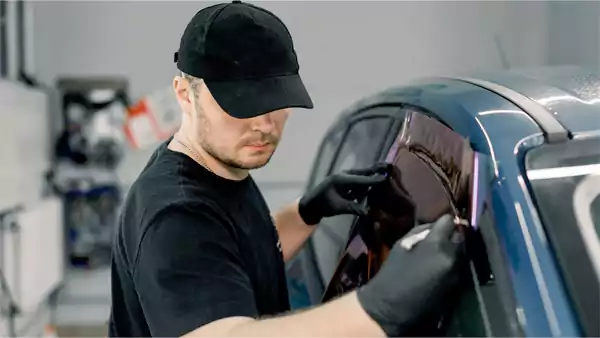
Therefore, whether you are driving a sedan or a full-size pickup truck, in this article, we will guide you on the estimated cost to tint car windows, along with its other essential aspects.
- How Much to Tint Car Windows?
- Average Price of Different Types of Windows
- What are the Various Factors That Affect Window Tinting Cost?
- What are the Levels of Car Window Tinting?
- Different Types of Car Window Tint Films
- Advantages and Drawbacks of Tinting Car Windows
- Bottom Line
- Frequently Asked Questions
How Much to Tint Car Windows?
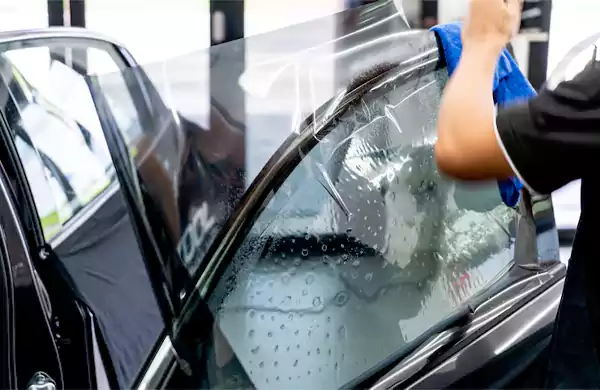
In 2025, the cost to tint car windows depends on the vehicle you are driving. For instance, window tint prices for an SUV or pickup may be higher than those of a simple compact car.
Generally, the more windows or glass surface area your car has, the higher the expense will be.
Here, examine the given table below to get a precise idea of the estimated price to tint windows, based on the different types of vehicles.
| Window Tint Cost of Different Vehicles | ||||
|---|---|---|---|---|
Vehicle Name | Vehicle | Basic Tint (Dyed Film) | Mid-Range Tint (Carbon Film) | High-End Tint (Ceramic Film) |
Sedan (4 Door) |  | $100 – $150 | $150 – $250 | $250 – $400 |
SUV |  | $120 – $200 | $200 – $300 | $300 – $500 |
Hatchback |  | $90 – $140 | $140 – $220 | $220 – $350 |
Luxury Car |  | $200 – $300 | $300 – $450 | $450 – $700+ |
| Pickup Truck |  | $120 – $180 | $180 – $280 | $280 – $450 |
| Coupe (2-Door Car) |  | $100 – $150 | $150 – $250 | $250 – $380 |
| Van |  | $130 – $200 | $200 – $320 | $320 – $500 |
Therefore, do not forget that the aforementioned are just rough figures to give you an idea of how much to tint car windows will cost you. You may also find variations in these prices according to the location, film type, and taxes implementation.
Average Price of Different Types of Windows
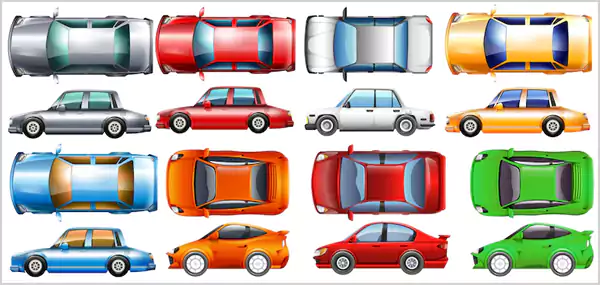
Apart from the vehicle type, the film quality, and the design of the window may also potentially impact the automotive tinting prices.
For instance, small windows will take a moderate amount, whereas large or unique-shaped windows will require more material and labor; consequently, the expense will be higher.
Let’s explore the table below to get an accurate answer for your query, “How much does it cost to tint car windows?”.
| Window Type | Basic (Dyed Film) | Mid-Range (Carbon Film) | High-End (Ceramic Film) |
| Front Side Windows (2) | $50 – $80 | $70 – $120 | $100 – $180 |
| Rear Side Windows (2) | $50 – $80 | $70 – $120 | $100 – $180 |
| Rear Windshield | $60 – $100 | $90 – $140 | $130 – $220 |
| Front Windshield Strip | $20 – $40 | $30 – $50 | $50 – $80 |
| Full Windshield Tint | $100 – $150 | $140 – $200 | $200 – $300+ |
| Sunroof/Moon roof | $30 – $70 | $50 – $90 | $80 – $130 |
Briefly, have a proper conversation with the dealer to understand the payment structure before finalizing anything, to save your valuable money and give your car a stylish and protective shield.
Suggested Read: Toyota 4Runner Reliability by Year: Ranked From Best to Worst
What are the Various Factors That Affect Window Tinting Cost?
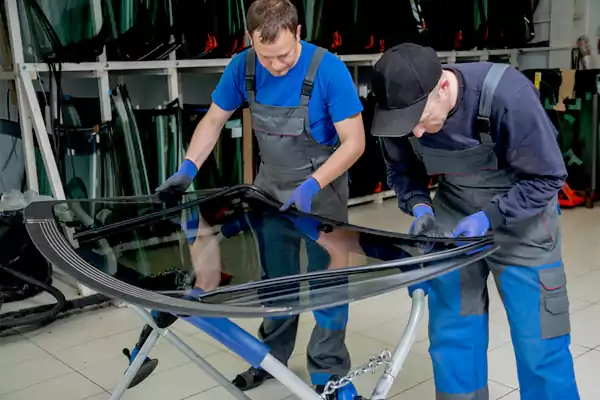
As we have aforementioned, several factors strongly influence the car tint price. Therefore, comprehending these factors enables you to calculate the approximate amount beforehand, so you won’t be surprised at the time of final payment.
Moving forward, let’s examine the pointers below in more detail.
- Types of Tinting Film: Different kinds of film offer you a diverse level of protection from heat and UV rays. For instance, basic dyed films are quite cheaper than the ceramic and carbon ones, as they provide a complete blackout.
- Types of Vehicles and Windows: The larger cars, such as pickup trucks or SUVs, require more labor and materials, leading to higher costs. Similarly, the window’s complexity and curves may call for some additional tools that also give rise to the overall pricing.
- Number of Windows: Tinting the entire glass surface of the car may cost more than applying film to the selective windows.
- Professional vs. Self-Installation: Seeking the help of experts may add additional cost of labor to the final payment, while you can save on it by applying the film by yourself on your car’s windows.
- Service Location: Car window tinting prices may vary in different states and cities. For example, the Middle East and Africa are regions that have an excessive level of heat and sunlight, and their tinting is quite demanding, which eventually leads to higher pricing.
- Legal Restrictions: There are plenty of state laws enforced by the government regarding tinting the window, which may limit the available options of film in the specific market area, and also influence its cost.
- Warranty on the Film Material: Some window tinting shops offer several sorts of warranty ensuring the long-lasting durability of it, which may raise the overall cost of the car tinting prices.
In short, ensure you thoroughly understand all the above-mentioned cost-affecting characteristics to acquire the benefits of maximum discounts presently available in the market.
What are the Levels of Car Window Tinting?
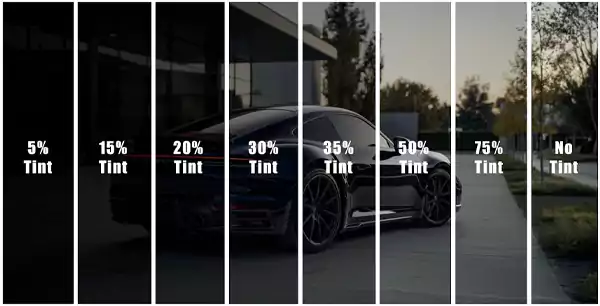
Tinting the car’s windows comes with different levels, depending on how dark you want your glass surface to be. However, each level blocks a certain amount of heat, light, and UV rays.
Usually, it is measured by the percentage of Visible Light Transmission (VLT), in which a higher percentage indicates light tint, while a lower one refers to the darkest tint shade.
Here’s we have presented some pointers for your better understanding. Check them out attentively.
- 75% VLT: This is the highest level of the tint film, often legally limited for the front windshield, but still lessens the impacts of UV rays and provides generous light transmission for clear view.
- 50% VLT: Light shade of tint film that reduces the heat and light without making your window too dark.
- 3o% and More VLT: This is the most common choice among all shades of tint films. As it provides a balanced protection from heat and light along with that offers suitable privacy.
- 20% VLT: A dark shade of tint film, potentially reduces the heat and glare impact, but possibly lessens the visibility at night.
- 5% VLT: This is an extremely dark shade of tint film commonly used by the drivers of SUVs and trucks on the rear windows. It is only allowed in some specific jurisdictions and offers extensive privacy.
All in all, choosing the right level of film for your vehicle entirely depends on your requirements, such as your style, need for privacy, and, notably, legal constraints in your place.
Different Types of Car Window Tint Films
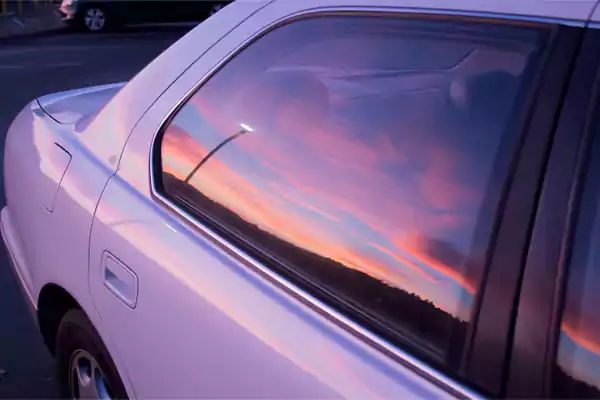
While applying the window tint film to your car glass surface, you may come across its various types, named metallized, carbon, ceramic, hybrid, and dyed.
However, each of them holds its distinct benefits in terms of UV protection, heat rejection, visibility, and many more.
Moving ahead, go through the information below to comprehend different kinds of films and make the right choice for yourself.
1. Dyed Window Tint Film
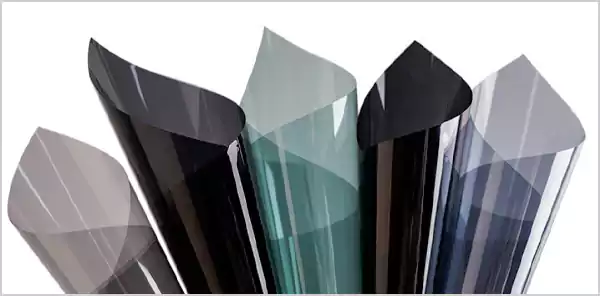
It is the most basic and affordable window tint option that you can choose to give your car a stylish look for a moderate amount. A protective dye layer prevents the heat and sunlight and keeps your vehicle cool.
Furthermore, it may add a dark shade to your glass surface, but it possibly gets faded away over time because of the extreme sunlight exposure.
So, it is an ideal option for those who want instant transformation of their car on a budget.
2. Metallized Window Tint Film
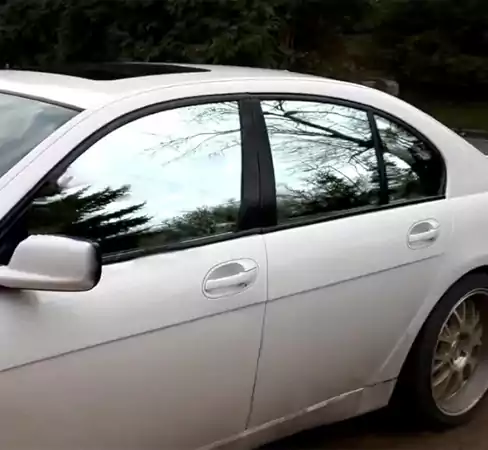
This tint contains numerous tiny metal particles that assist the film in reflecting the sunlight away from the car. It eventually keeps your vehicle cool and adds further strength to your window.
In contrast to the dyed film, the metallized tint lasts for a long time and doesn’t fade easily. However, there might be a chance of slight interference in the GPS or mobile network you may face because of this film.
So, if you want to save yourself from direct sunlight with a shining look, this film can be your perfect match.
3. Carbon Window Tint Film
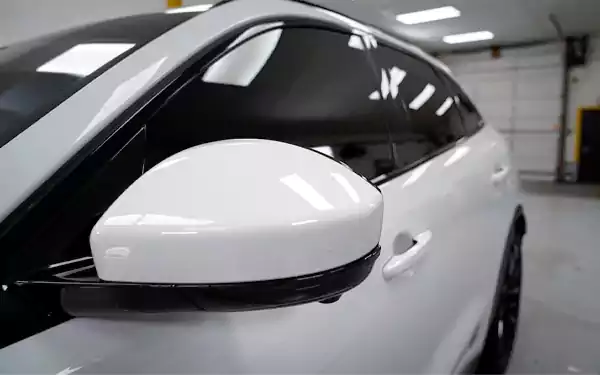
Carbon tint film is the one that furnishes the sleek matte look on your car’s glass surface and significantly blocks out a lot of sunlight and heat from your vehicle.
Unlike dyed film, it doesn’t fade away easily or create any disturbance in the GPS network like metallized tint.
Furthermore, it protects your interior and immensely protects you from the harmful UV rays. Lastly, we can say that this kind of film is an excellent pick for those who prioritize both style and protection from heat equally.
4. Ceramic Window Tint Film
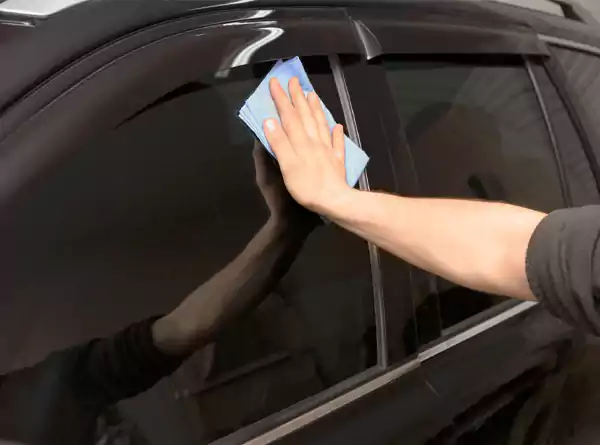
This is the advanced and finest quality of window tint films among all. It contains the non-conductive ceramic particles that are not directly visible but strong enough to block the heat, sunlight, harmful UV rays, and glare.
Ceramic tint film is widely known for its durability, high clarity, and stylish look. Though it may be a bit expensive than other films, but still offers commendable protection, comfort, and a luxurious look.
Thereby, if you are likely to spend more money on the transformation of your vehicle, ceramic tint film is for you.
In essence, choosing the correct tint film is entirely up to you. Do not rush, stay calm, and read the above sections one more time to make an informed judgment so that you won’t face any disappointment in the future.
Know About: Toyota Hilux: Experience a Powerful Performance
Advantages and Drawbacks of Tinting Car Windows
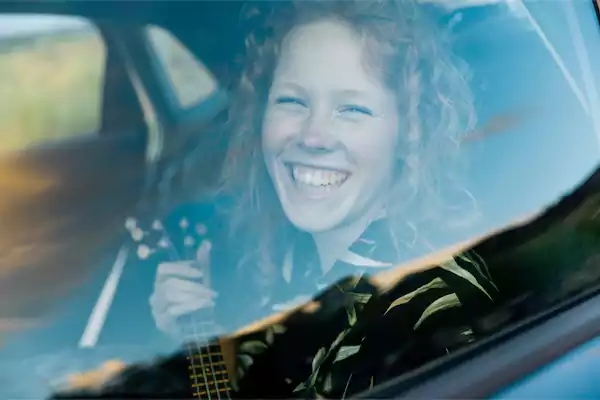
At the last part of this blog post, we can confidently state that there are several benefits of installing a tint film on your vehicle glass surface, no matter which level or type you choose.
But we also feel responsible to highlight its possible drawbacks as well, so that you can stay fully informed and take your time to contemplate what needs to be done.
Therefore, here is the table of pros and cons of applying tint film. Read it attentively.
| Advantages and Drawbacks of Tinting Car Windows | |
|---|---|
| Advantages | Drawbacks |
|
|
On the whole, there is no doubt that tint films serve numerous benefits, but selecting the right and legal one is crucial to avoid any kind of unexpected challenges, for which you may not be ready.
Bottom Line
To sum up, now that you have thoroughly read our article, you may have a better idea about how much to tint car windows in 2025 will cost you.
So, whether you aim to add more comfort, style, and protection, choosing the right film is extremely essential.
However, prices may vary, but if you start planning, it will assist you in adjusting the costing and installation process according to your budget and legal limits.
Remember, do not hurry, try to contact 2-3 window film dealers, compare all the options cautiously, and decide upon something.
Frequently Asked Questions
1. What is the tint law in Oregon?
Ans: An individual can only apply a 35% VTC level of tint film on their front and rear windows. Exceeding this limit may lead to penalties.
2. What is a legal tint in Iowa?
Ans: In Iowa, you can only install a 70% VTC level on the front side windows and front windshield. Also, there is no limit set for the rear window and rear side windows.
3. Is it worth tinting my car?
Ans: Yes, tinting your car window is completely worth it. It brings several benefits like protecting the vehicle from excessive heat and harmful UV rays, protecting the interior, keeping the car cool, and reducing glare while driving.
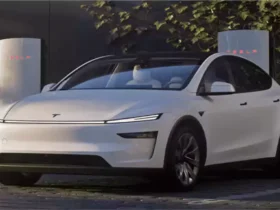

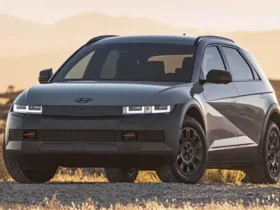
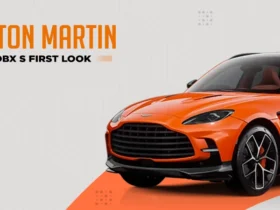

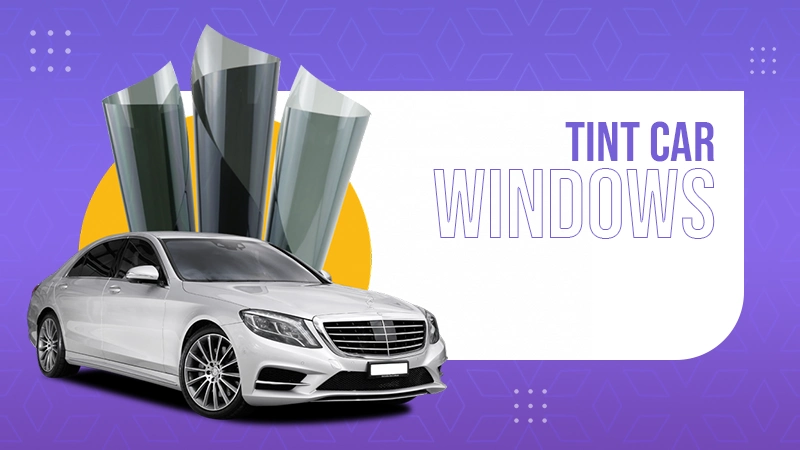


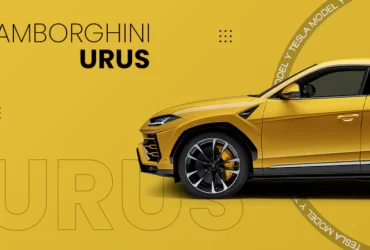
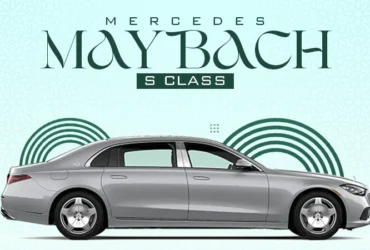

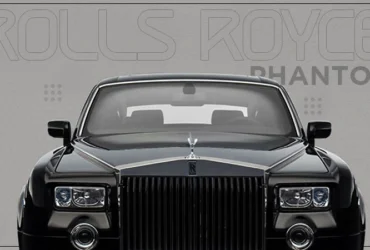

Leave a Reply